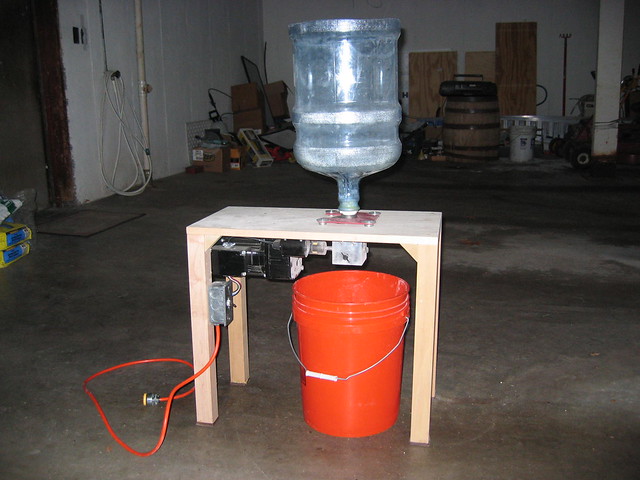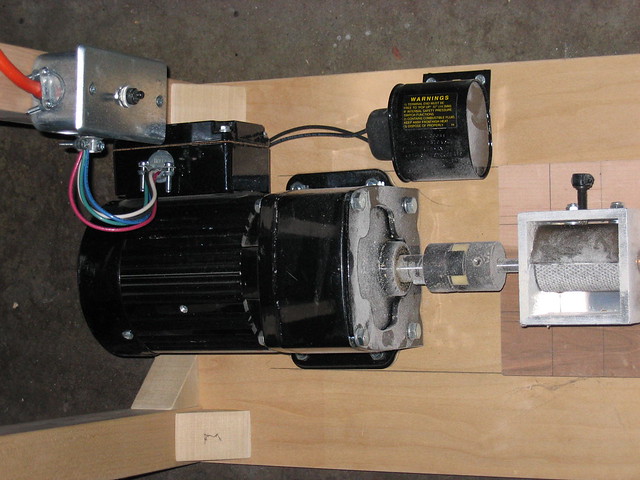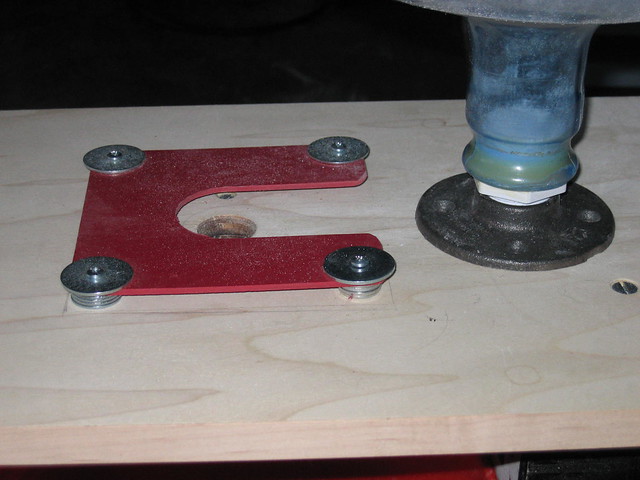Yes, I'm looking at a 1725 rpm motor. I think I'm gonna go with a worm gear box (10:1) over sheaves... for compactness and safety concerns. Might just go with the 1/2 hp model.
Excellelnt choice on the worm drive and 173 rpm would be just about ideal IMO. Where did you find the worm drive? It will inherently give you the right angle offset too which is an added bonus for a more compact configuration.




































![Craft A Brew - Safale S-04 Dry Yeast - Fermentis - English Ale Dry Yeast - For English and American Ales and Hard Apple Ciders - Ingredients for Home Brewing - Beer Making Supplies - [1 Pack]](https://m.media-amazon.com/images/I/41fVGNh6JfL._SL500_.jpg)
























